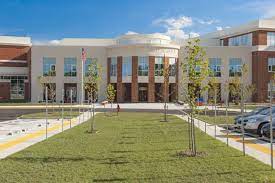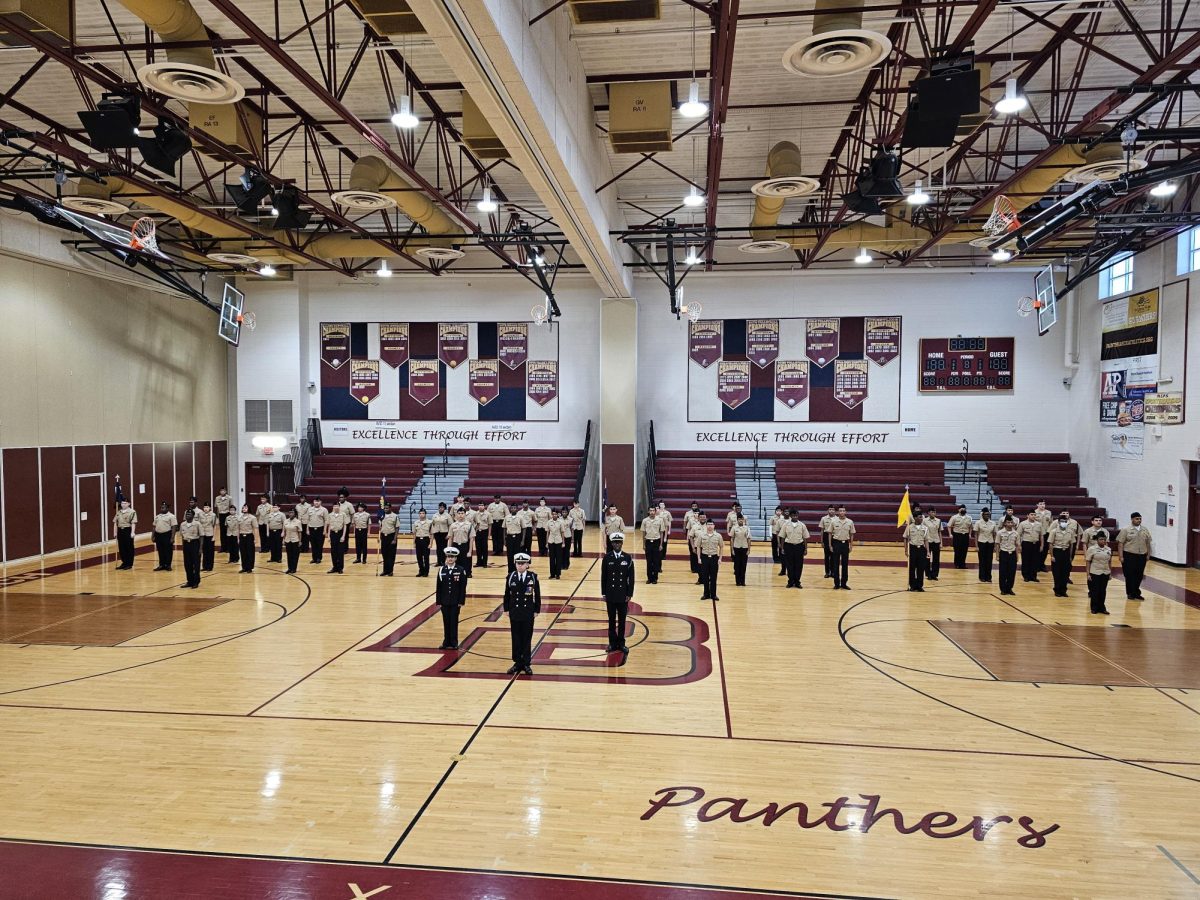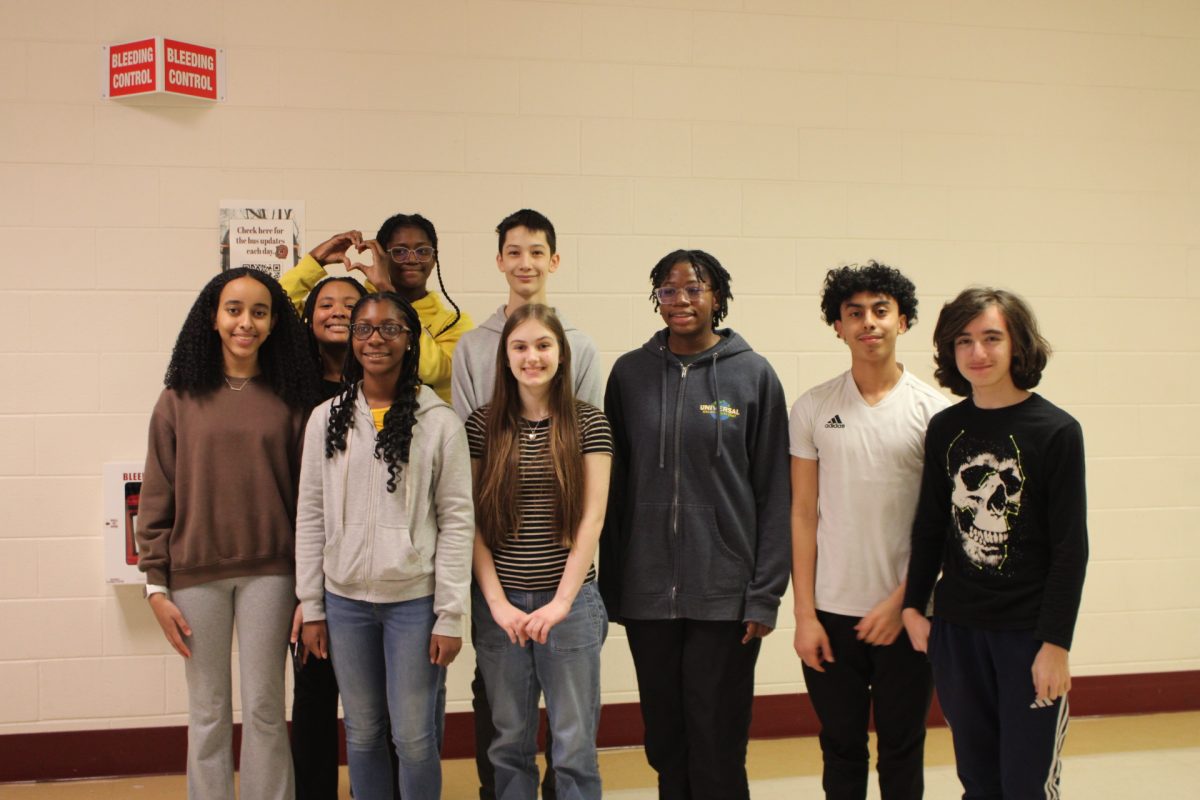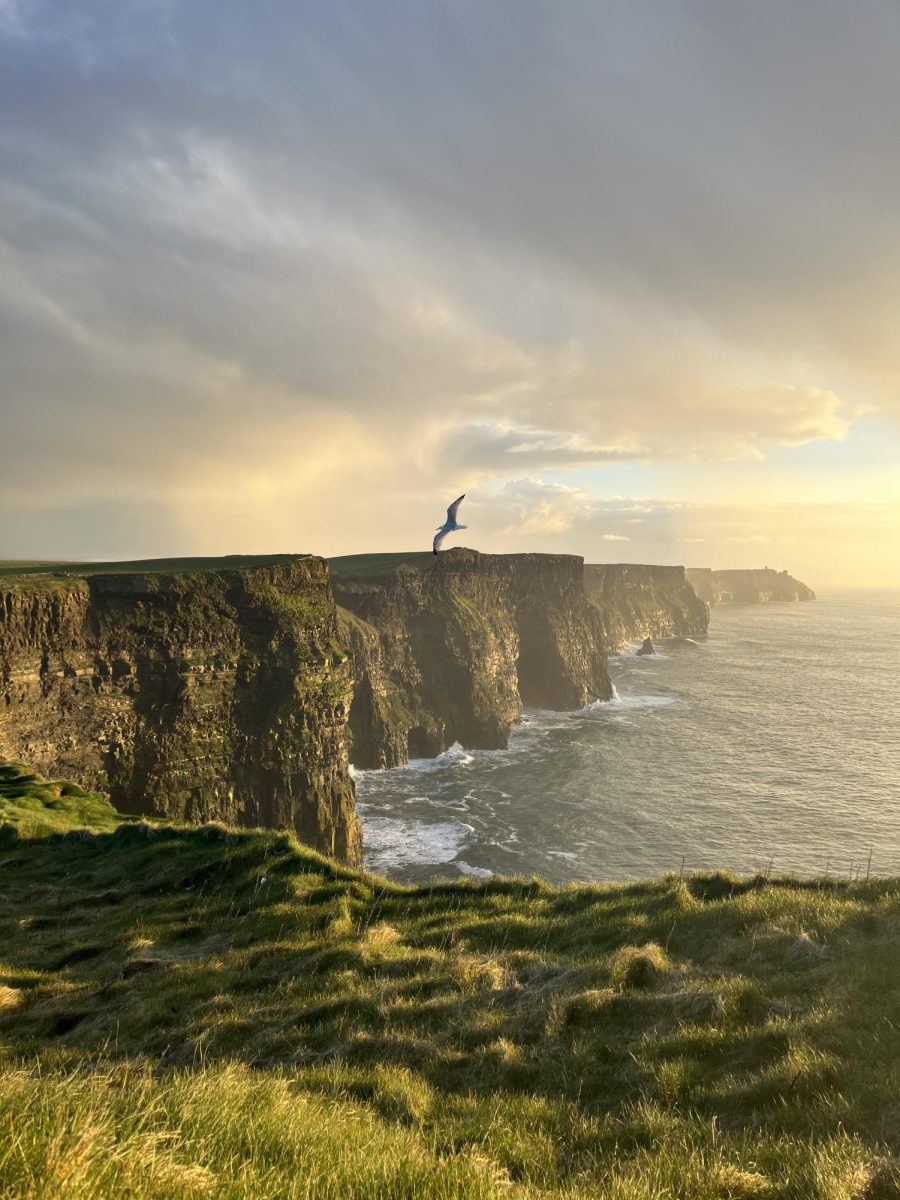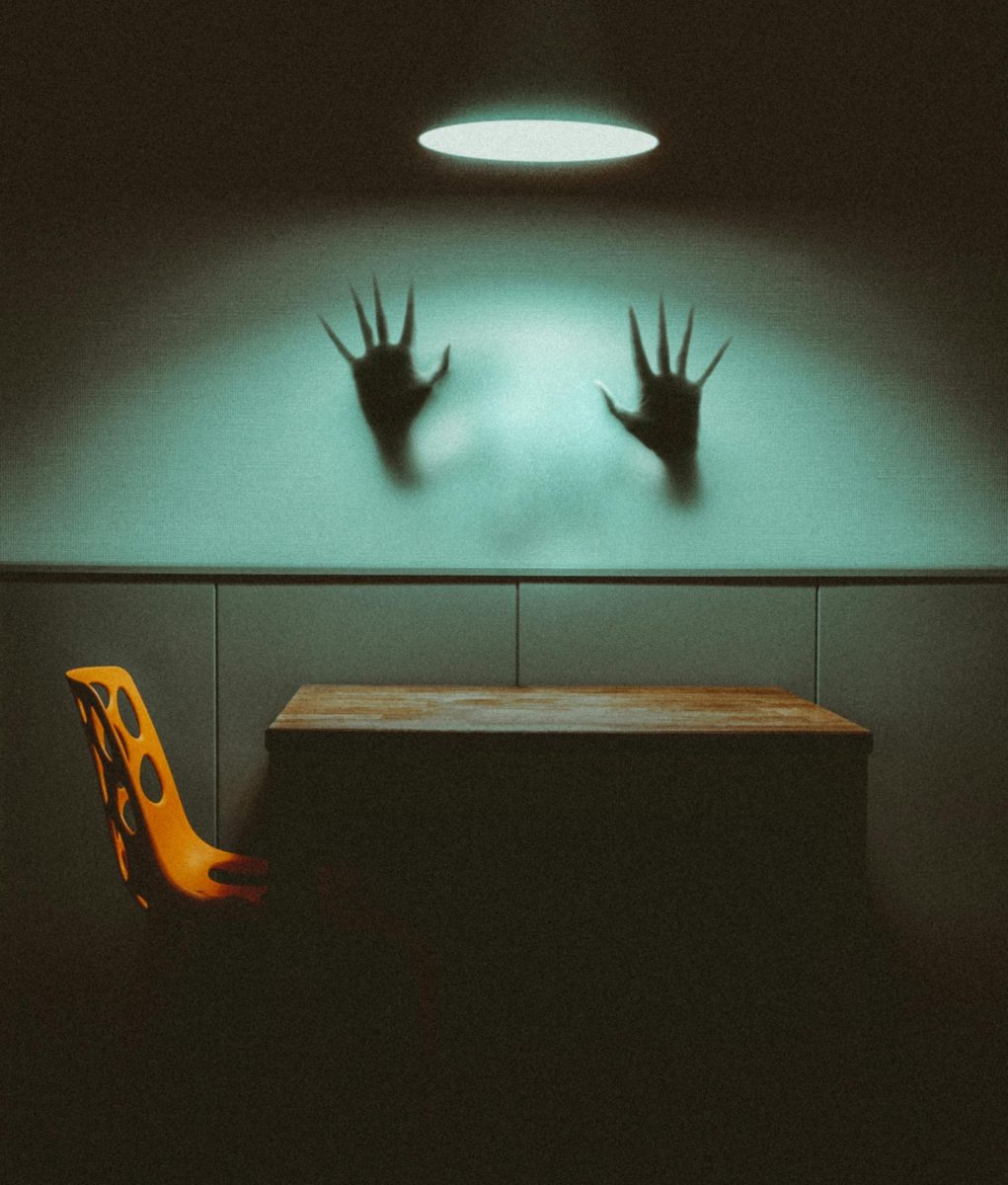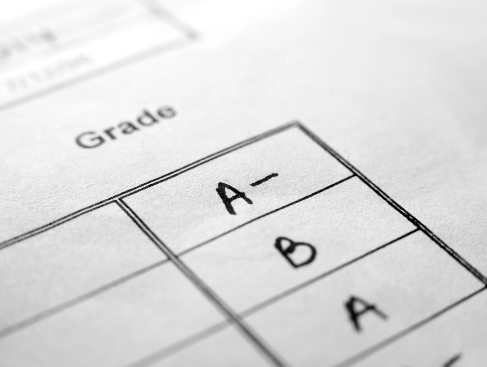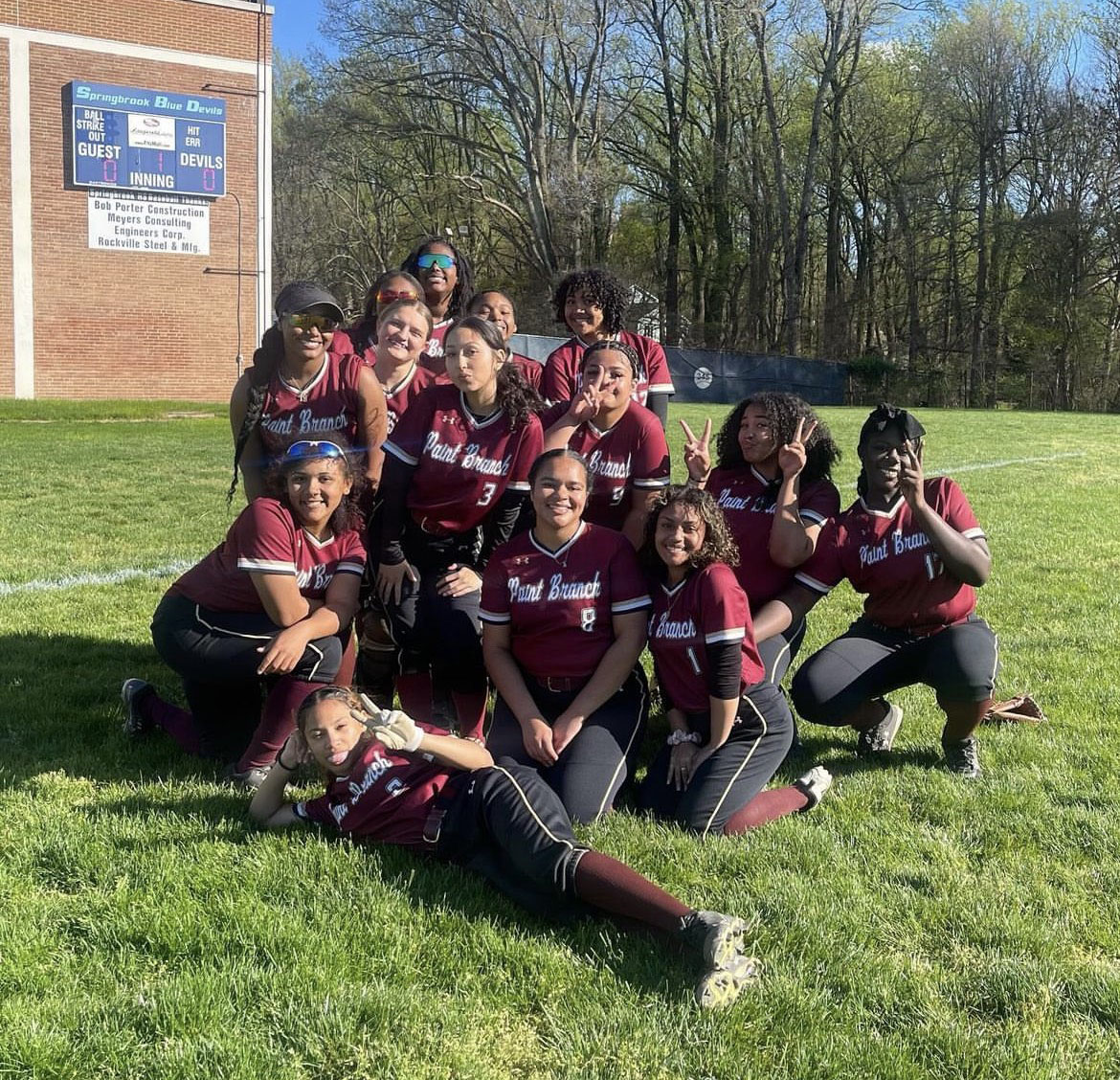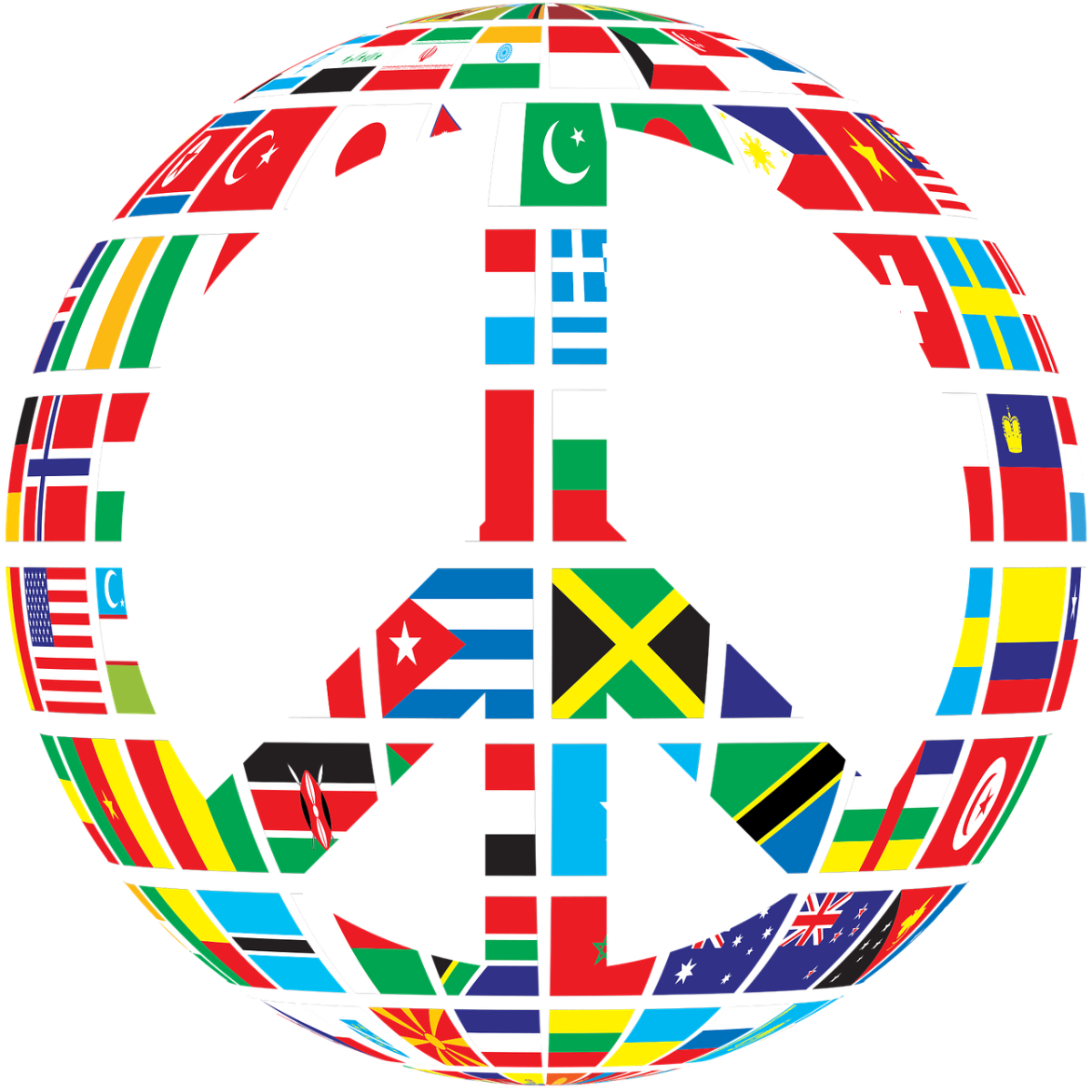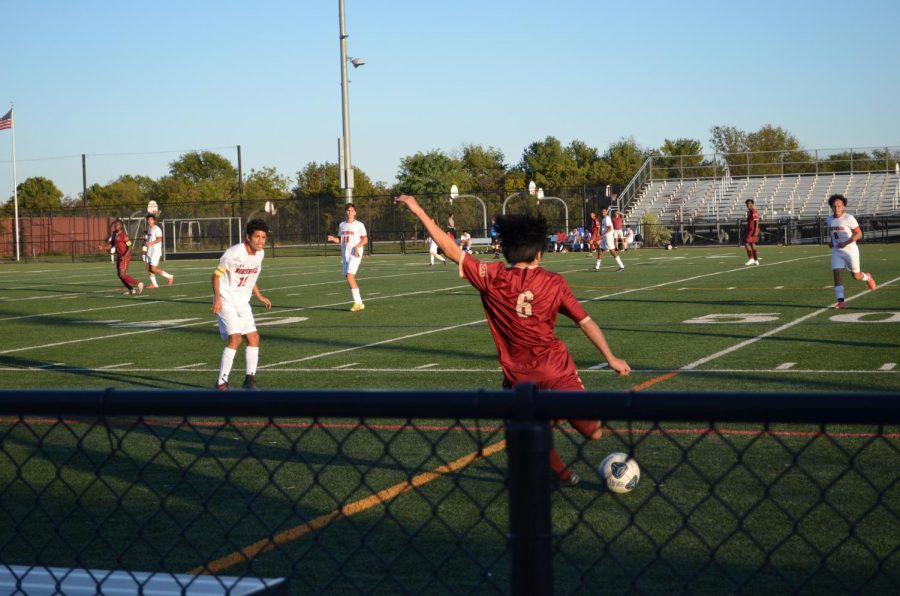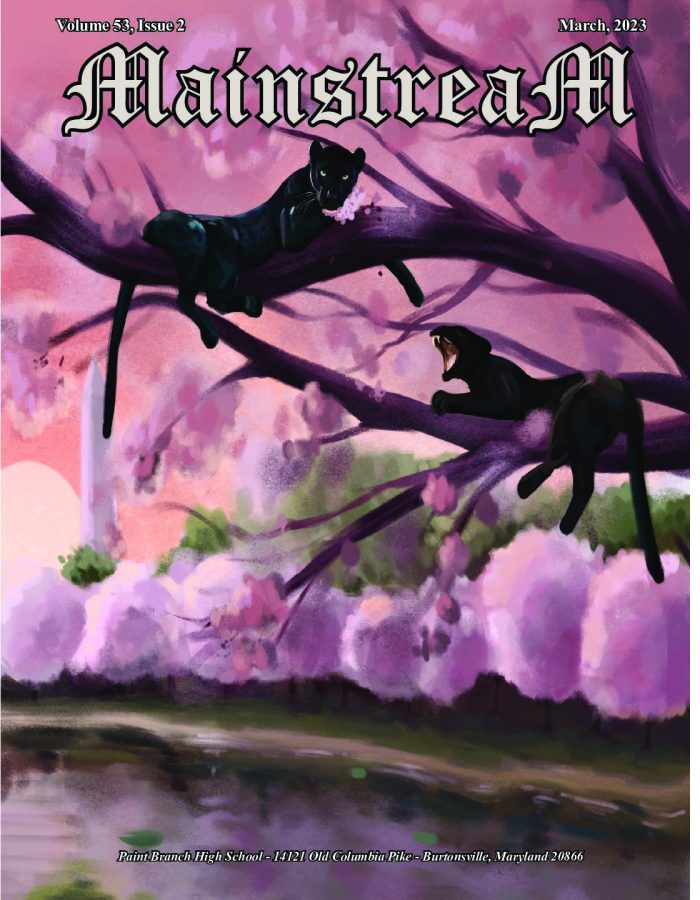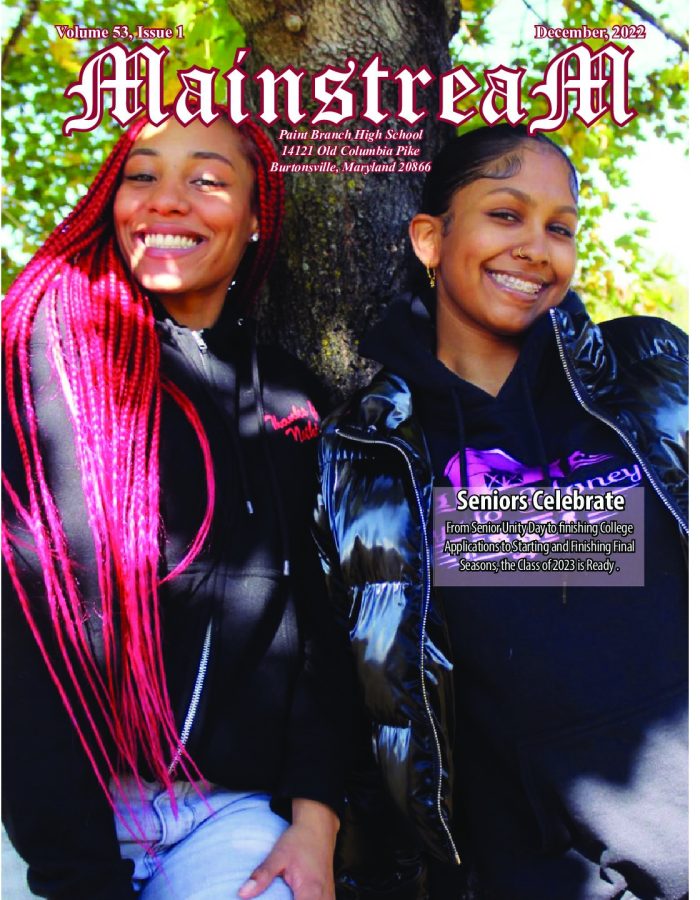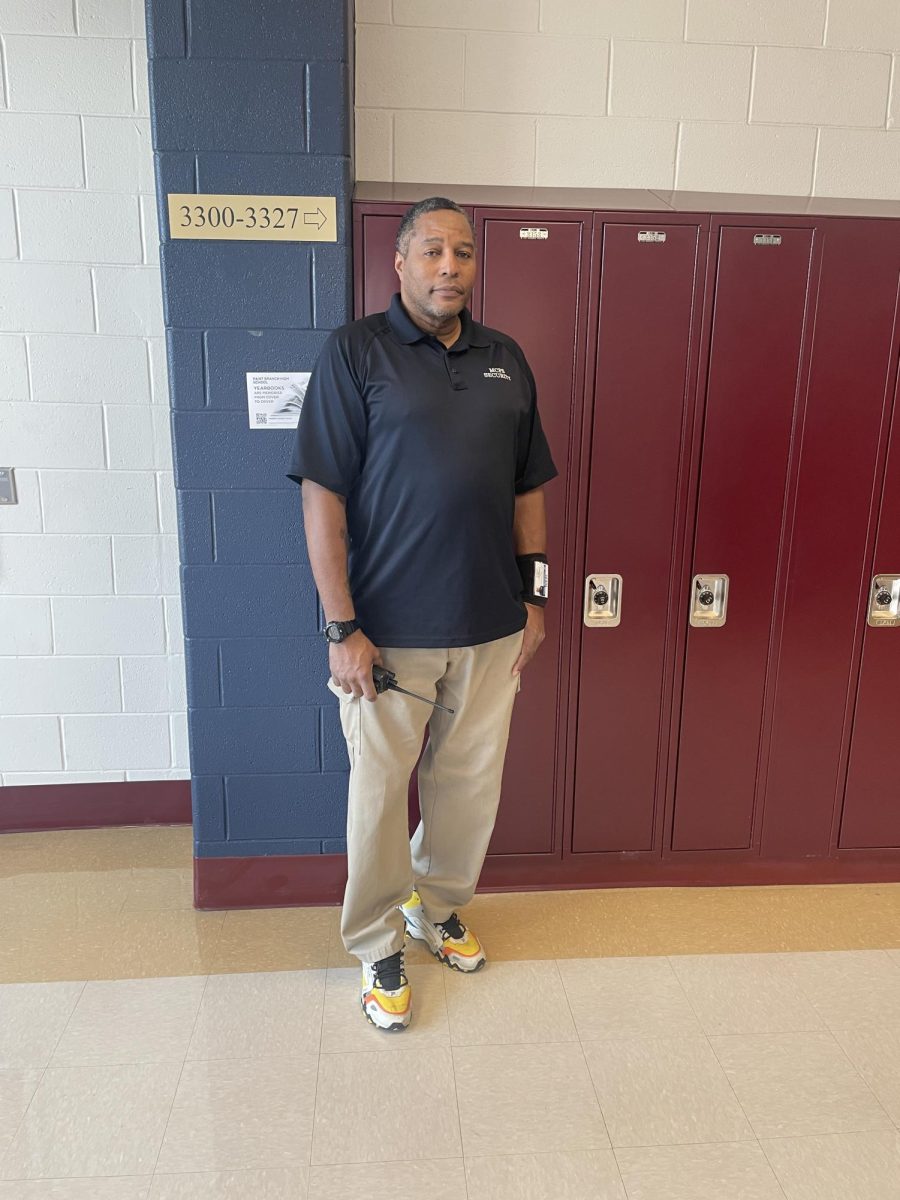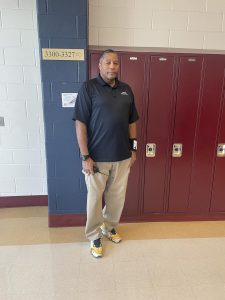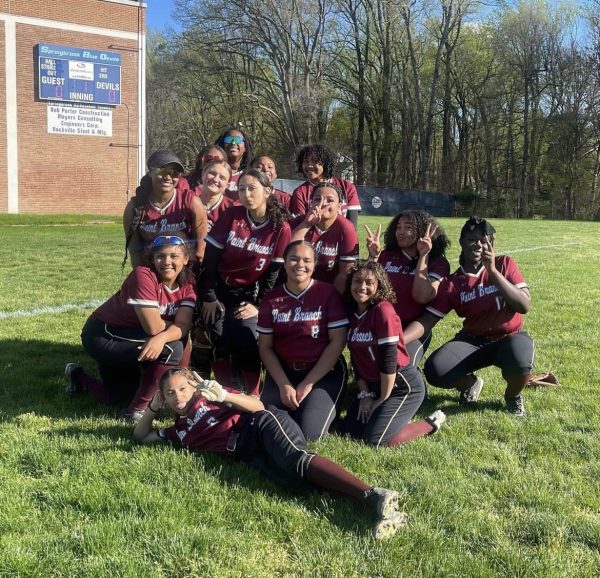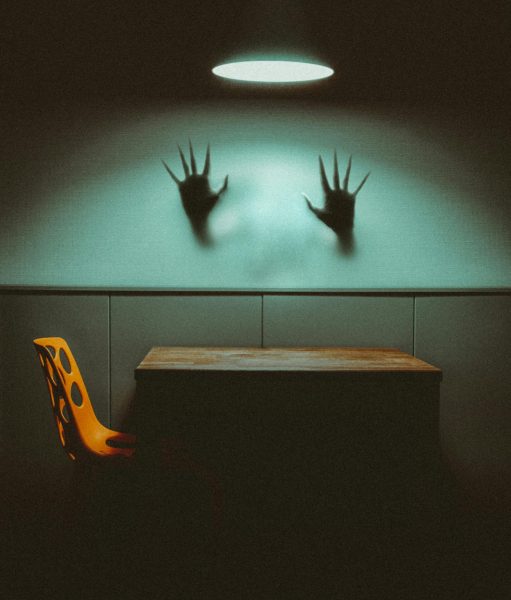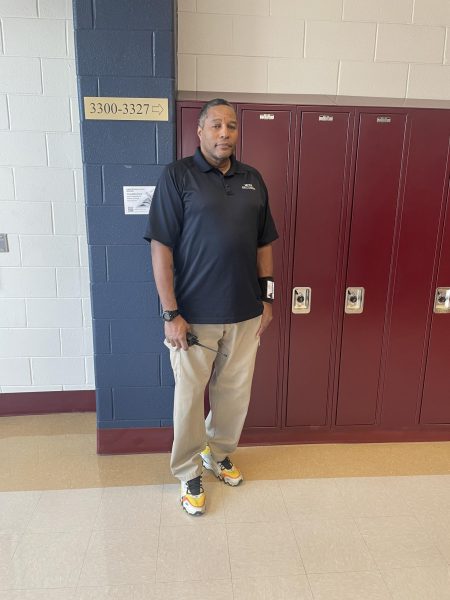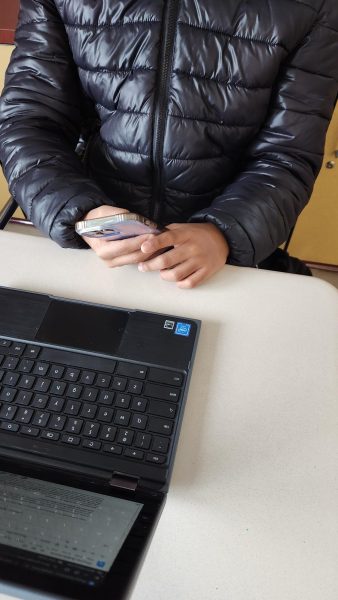Celebrating Hispanic Heritage
October 10, 2014
On September 21st, the annual Hispanic Heritage Festival took place in Washington, DC. The festival included a parade, a children’s parade, a science fair, arts and crafts activities and delicious traditional plates.
The month of September is significant because it is the month in which several Latin American countries celebrate their independence. Costa Rica, El Salvador, Guatemala, Honduras and Nicaragua celebrate on September 15th, while Mexico and Chile celebrate their independence day on September 16th and September 18th, respectively.
The parade began approximately 11:30 a.m. and had about 50 or more dancers, who perform all over the U.S and many regions in Mexico, including Veracruz and Jalisco. The dancers were of all ages, and both men and female participants performed. The dancers wore folkloric costumes that heavily represented the Hispanic culture. “Musica Folklorica” included a variety of instruments, and many of the performers played popular instruments like the guitar, flute, drums, violin, and maracas.
Food is an important part of the Hispanic culture, and the festival had many plates of food, including traditional plates from all of the countries represented at the festival. One popular food, mole, from Mexico, is typically eaten with tortillas. Other dishes included, baliadas, quesadillas, and ceviches. Arroz con leche and tres leches cake were two popular desserts.
The festival included many fundraising groups such as Teleton, a well-known organization whose goal is to help children all over Central America, Mexico and many other regions of the world. Luisa Córdoba, a “padrino” member of Teleton who provides specialized medical and rehabilitation care to children in need said, “Es importante reconocer que con solo donar un poquito ,puedes ayudar a mucho. Uno sientes muy satisfecho/a (It’s important to be able to recognize the mass amount of help and support one can provide with donating just a little; one feels very satisfied”).
One of the most exciting and fun parts of the Hispanic Heritage Festival was that it included a “Science Kid’s Fair” and young children were able to demonstrate what they had learned there in many different ways. For instance, some kids talked to visitors about the solar system, while others made actual models of what they desired to exhibit. One parent, Cecilia Miranda, said, “This is a great opportunity for children to expand their abilities to socialize and communicate with others. I’m happy to see how involved kids can be and learn at a very young age.”

